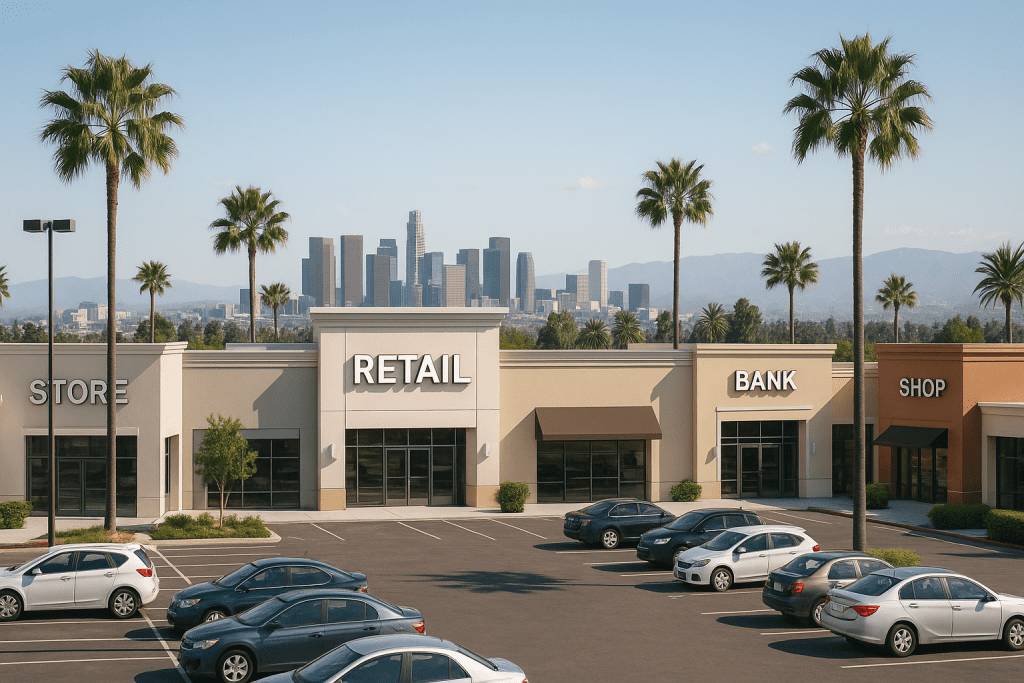Your Dead Mall Could Be Your Next Big Win
That empty mall in your portfolio? It might be worth more than you think. Property owners across Southern California are turning dead retail spaces into thriving communities. And the numbers make sense.
Start With an Honest Look
Not every mall can be converted. You need to assess your property first.
Good conversion candidates have three main problems. They suffer from high vacancy rates. Their rental income keeps dropping. And they’re clearly outdated for modern retail.
But these properties also have hidden strengths. Many sit near major transit lines. They come with huge parking lots ready for development. Plus, their basic structures are often solid.
Yes, There Are Building Challenges
Let’s be clear: malls weren’t built for people to live in. You’ll face real challenges.
First, you’ll need to bring in natural light. Most malls have dark interior spaces. You’ll also need new plumbing throughout the building. The electrical systems will need a complete upgrade too.
California’s building codes add another layer. Older malls often need earthquake upgrades. Some have asbestos or other hazardous materials to remove.
Understanding the Real Costs
Here’s what surprises most people: conversions can cost more than building from scratch. Why? Hidden problems pop up during construction. Structural changes get expensive fast.
But the math can still work in your favor. The key is buying the property at the right price. You also need to know your local market inside and out.
Some projects cost just 35% of new construction. Others cost more than starting fresh. It all depends on the specific property and location.
Working With California Law
California offers help for conversion projects. Senate Bill 6 creates a path for turning stores into homes. Assembly Bill 2011 does the same. But each city applies these laws differently.
Los Angeles makes conversions easier. Their Adaptive Reuse Ordinance cuts through red tape. It speeds up approvals. It even removes some parking requirements. The result? Thousands of new housing units.
Cities without these rules are tougher to work in. But it’s still possible with the right approach.
The Big Picture Impact
Think about this: Southern California could add tens of thousands of homes through mall conversions. We solve two problems at once. We create needed housing. And we fix dying shopping areas.
Check These Factors First
Before you start, examine these nine make-or-break factors:
- How deep are your floor plates?
- Is the building earthquake-ready?
- Are the ceilings high enough?
- What limits does the site have?
- Can you buy at the right price?
- What do local apartments rent for?
- Are there any tax breaks or subsidies?
- Will zoning allow residential use?
- How much parking do you need?
Miss one of these, and your project could fail.
Get Expert Help
Williams Capital Advisors knows mall conversions. We evaluate properties for conversion potential. We handle the complex approval process. And we build financial models that work.





